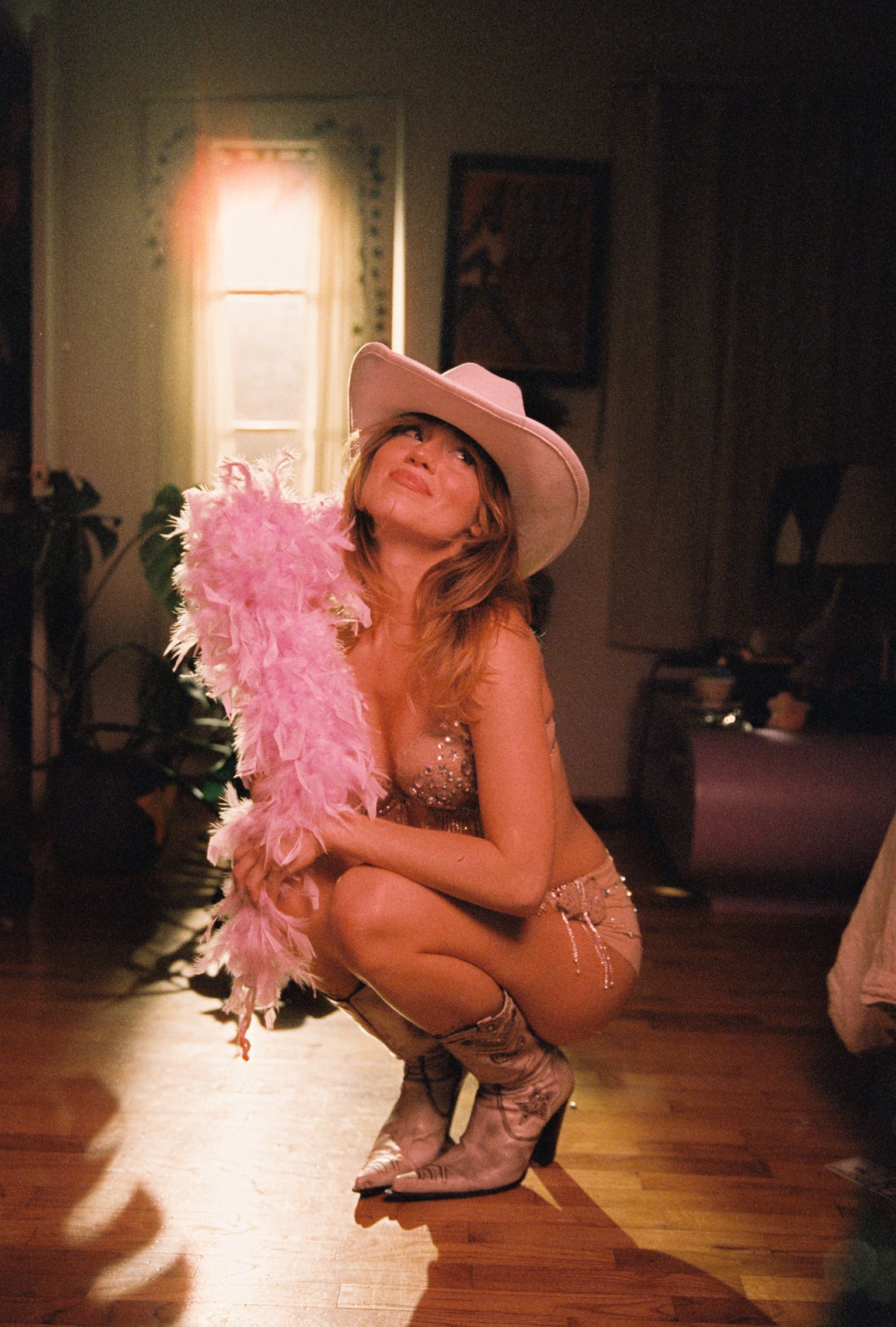
Diamond painting is a captivating craft that combines artistic precision with the joy of creating intricate, sparkling designs. This art form, which has gained significant popularity in recent years, involves placing tiny resin “diamonds” onto a pre-printed canvas to create a shimmering, mosaic-like picture.
For both beginners and seasoned crafters, diamond painting offers a unique blend of relaxation, creativity, and satisfaction. In this guide, we’ll explore the ins and outs of diamond painting, from its origins to advanced techniques, and everything in between.
The Origins and Evolution of Diamond Painting
Diamond painting is a relatively new art form, with its roots tracing back to the early 2010s. The craft originated in Asia, particularly in China, where it quickly gained popularity due to its accessibility and the stunning results it produces. Initially, the concept was simple: use small resin pieces to create a dazzling image on a canvas. As demand grew, the quality and variety of kits available also expanded, giving rise to more detailed and complex designs.
Over time, diamond painting has evolved from simple designs with large sections of solid colors to intricate images that rival traditional paintings in detail and depth. Today, artists and crafters worldwide have embraced diamond painting as both a hobby and an art form, with communities, online forums, and social media groups dedicated to sharing tips, techniques, and finished works.

The Basics of Diamond Painting: Understanding the Process
What You Need to Get Started
Before diving into diamond painting, it’s essential to understand the materials and tools involved, before we dive into a brief guide to get you started. The primary components of a diamond painting kit include:
– Canvas: A pre-printed canvas with a sticky adhesive surface, marked with symbols to guide diamond placement.
– Diamonds: Small, faceted resin pieces that catch the light and add sparkle to the finished piece. These are often referred to as drills.
– Applicator Pen: A tool used to pick up and place the diamonds onto the canvas.
– Wax Pad: A small piece of wax that helps the applicator pen grip the diamonds.
– Tray: A shallow tray to hold and organize the diamonds as you work.
The Step-by-Step Process
1. Prepare Your Workspace: Choose a flat, clean surface with good lighting. Organize your materials so that everything is within easy reach.
2. Unroll the Canvas: Lay out the canvas and peel back the protective film covering the adhesive surface.
3. Arrange the Diamonds: Pour a small number of diamonds into the tray, shaking it gently to flip the diamonds right-side-up.
4. Apply the Diamonds: Dip the applicator pen into the wax pad, then press it onto a diamond to pick it up. Carefully place the diamond onto the corresponding symbol on the canvas.
5. Repeat: Continue placing diamonds until the entire canvas is covered. Work in small sections to keep the adhesive fresh and clean.
Diamond Painting Techniques: Mastering the Craft
Tips for Precision and Efficiency
To create a diamond painting that is both accurate and visually stunning, attention to detail is crucial. Here are some techniques to enhance your precision and efficiency:
– Work Methodically: Start from one corner of the canvas and work your way across to avoid smudging the adhesive or accidentally dislodging diamonds.
– Use a Light Pad: Placing the canvas on a light pad can make the symbols more visible, especially in low light or when working with dark colors.
– Multi-Drill Pens: For larger areas with the same color, multi-drill pens allow you to place several diamonds at once, speeding up the process.
Maintaining and Finishing Your Artwork
Once you’ve placed the final diamond, there are a few steps to ensure your artwork remains in top condition:
– Press Down the Diamonds: Use a rolling pin or a flat object to press down the diamonds firmly onto the canvas, ensuring they adhere securely.
– Seal the Painting: To protect your finished piece from dust and moisture, consider applying a sealant. A clear, brush-on sealant will keep the diamonds in place and add durability.
– Framing and Displaying: Diamond paintings can be framed just like traditional artwork. Choose a frame that complements the colors and style of your piece, and display it in a location where it can catch the light and showcase its sparkle.
Advanced Techniques and Customization
Blending and Shading
As you become more experienced with diamond painting, you may want to experiment with advanced techniques such as blending and shading. This involves using diamonds of different colors and shades to create a gradient effect, adding depth and dimension to your artwork.
Custom Kits and Personalized Designs
For those looking to take their diamond painting to the next level, custom kits are available. These kits allow you to transform a personal photograph or image into a diamond painting, providing a unique and personalized art piece. When ordering a custom kit, consider the resolution and clarity of the original image, as this will affect the detail and quality of the final product.
Common Challenges and How to Overcome Them
Diamond painting, while enjoyable, can present some challenges, especially for those new to the craft. Here are solutions to some common issues:
– Misaligned Diamonds: If you accidentally place a diamond in the wrong spot, use tweezers to carefully remove and reposition it. For more significant misalignments, gently lift and realign the affected section.
– Lost or Missing Diamonds: Most kits include extra diamonds, but if you run out of a specific color, you can often purchase replacements online or from craft stores.
– Sticky Canvas Problems: If the adhesive on the canvas loses its stickiness, try pressing it with a clean, damp cloth. If that doesn’t work, apply a thin layer of clear glue to re-activate the adhesive.
The Therapeutic Benefits of Diamond Painting
Beyond the aesthetic appeal, diamond painting offers numerous mental and emotional benefits. The repetitive nature of the craft can have a calming effect, making it an excellent activity for stress relief and mindfulness. As you focus on placing each diamond, it’s easy to enter a state of flow, where time seems to pass effortlessly, and your mind is fully absorbed in the task at hand.
Many crafters find that diamond painting provides a sense of accomplishment and satisfaction. Completing a piece, especially a large or complex one, brings a tangible reward that can boost self-esteem and provide a sense of achievement. The combination of creativity, precision, and relaxation makes diamond painting a fulfilling and rewarding hobby.
From Hobby to Art Form: The Growing Community of Diamond Painters
Diamond painting has evolved from a simple craft into a recognized art form, with a dedicated community of enthusiasts worldwide. Online platforms and social media groups have become vibrant hubs for sharing tips, showcasing work, and connecting with fellow crafters. Many artists are now hosting workshops, tutorials, and exhibitions, further solidifying diamond painting’s place in the creative arts.
For those looking to explore diamond painting as a serious artistic pursuit, there are numerous resources available, from advanced technique guides to communities that offer support and inspiration. Whether you’re a beginner or an experienced artist, diamond painting provides endless opportunities for creativity, expression, and artistic growth.
Embrace the Sparkle: Your Journey with Diamond Painting Awaits
Diamond painting is more than just a craft; it’s a blend of artistic precision, creativity, and relaxation. Whether you’re creating a small piece to unwind after a long day or embarking on a large-scale project, the joy of watching your design come to life, one diamond at a time, is truly unparalleled. As you continue to explore the possibilities of diamond painting, remember that every diamond you place is a step toward creating something beautiful and unique.





